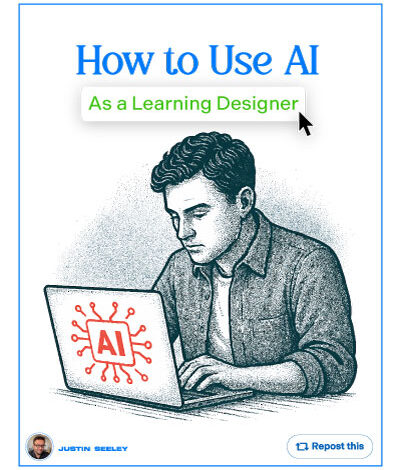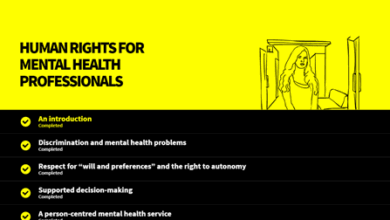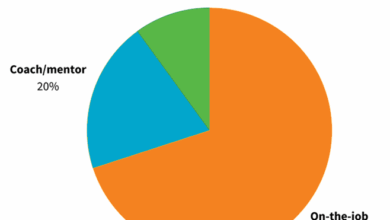Leading the Design Process When AI Joins the Team

Instructional design is entering a new era. AI tools like ChatGPT, Claude, and Adobe Firefly are no longer experimental novelties. They are becoming standard collaborators in the work of many learning professionals. These tools bring efficiency, scale, and creative momentum—but only when they are guided with clarity and intent.
This shift raises an important question: Are we ready to lead the design process when AI becomes part of the team?
AI Is Not a Tool. It Is a Contributor That Requires Direction
Many learning designers approach AI with transactional expectations. They treat it as a tool that completes tasks on demand. In practice, this mindset limits both the creative potential and the quality of the work. AI performs best when it is treated not as a shortcut, but as a collaborator.
Imagine assigning work to a new junior designer. You would explain the audience, clarify the goals, define the tone, and share relevant constraints. You would also invite questions, review drafts, and offer feedback. The same principles apply when working with AI. Clear direction leads to stronger results.
This is where prompt literacy becomes essential. A well-structured prompt functions like a creative brief. It reflects the same instructional discipline that drives strong learning outcomes. It is not about knowing the right commands. It is about asking the right questions, setting the right boundaries, and providing the right context.
Prompting Brings Discipline Back to the Foreground
One of the overlooked benefits of prompt engineering is the way it exposes the quality of your thinking. Vague prompts result in vague outputs. The process reveals where instructional goals are incomplete or learner needs are undefined. In this way, prompting becomes a form of reflective practice.
It asks the learning designer to slow down and think through the foundational elements of their work. Who is the learner? What is the desired behavior change? How should the experience feel? What format best supports retention and transfer? These are questions that should guide every design decision. Prompting simply makes those questions unavoidable.
By requiring precision, AI can help restore the strategic mindset that instructional design is built upon.
A New Creative Workflow Is Taking Shape
As AI becomes integrated into more L&D workflows, the role of the designer is shifting. The designer is no longer just the author of content. They are becoming the curator of possibilities. They set the parameters. They explore iterations. They synthesize responses and refine direction.
Designers can use AI to prototype multiple versions of a scenario. They can test different tones, reframe difficult topics, or translate content for new audiences. These capabilities support personalization, localization, and continuous improvement. They also demand that the designer take full ownership of the creative process.
AI will not replace your expertise. It will reflect it. And it will scale what you are able to produce—if you remain in the lead.
Building Prompt Literacy Is a Strategic Investment
Learning how to guide AI is not a one-time skill. It is an evolving practice. It requires ongoing experimentation, feedback, and adaptation. As more tools emerge and platforms evolve, the way you communicate with AI will need to grow with them.
For learning leaders, this means prioritizing prompt literacy as part of professional development. It should sit alongside skills like visual storytelling, assessment design, and learner analysis. The goal is not to turn every designer into a prompt engineer. The goal is to empower every designer to direct AI with confidence and clarity.
This is not a technical challenge. It is a leadership challenge.
A Companion Guide for Getting Started
To support this shift, I created a downloadable resource called Prompt Engineering for Learning Design. This guide provides a structured approach to working with AI in your design process.

Download the Guid Here (8MB)
The guide is not the answer. It is a starting point for learning professionals who want to lead, not follow, as AI becomes part of the creative team.




